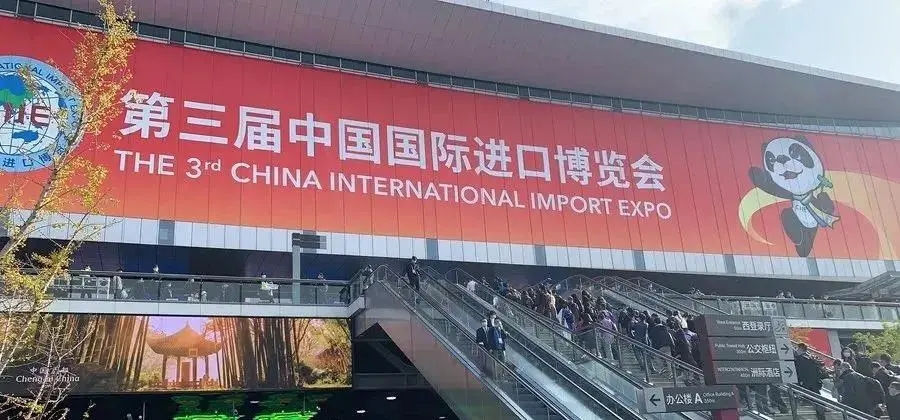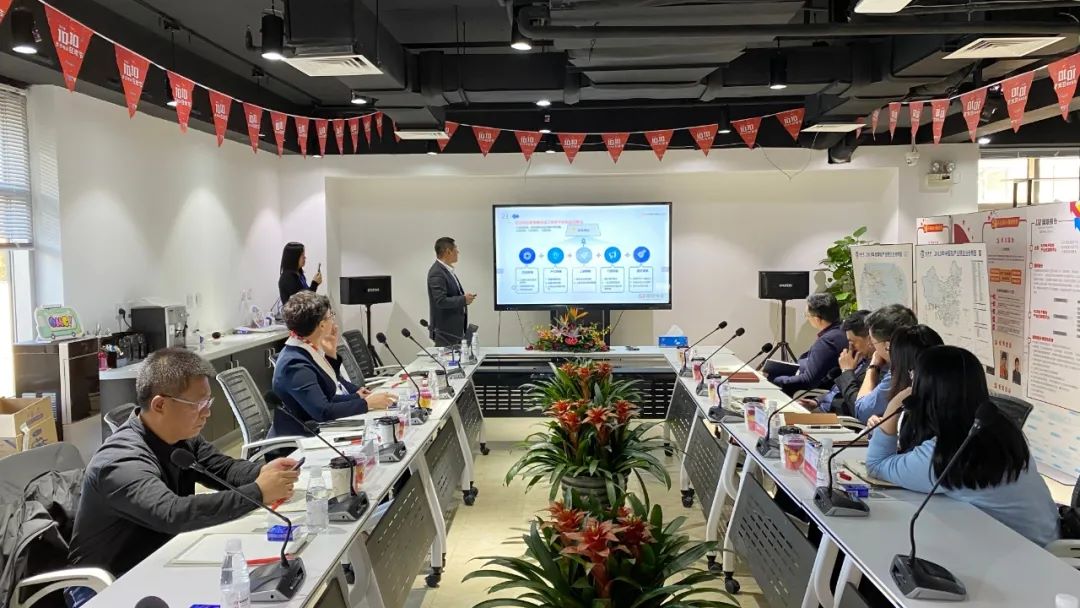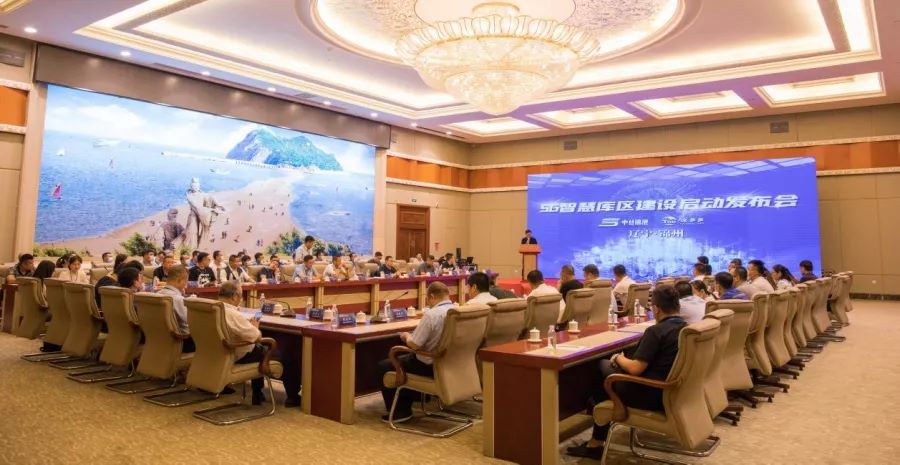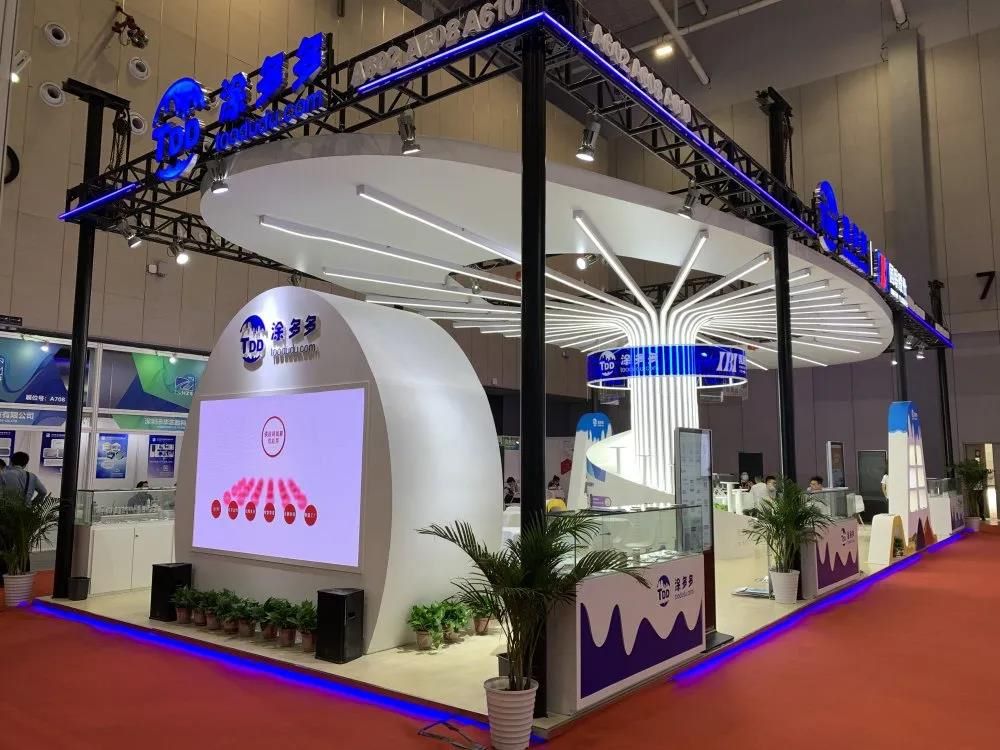Closing factories, laying off employees, reducing production, and cutting wages: the end of foreign-funded tires
1. Global industrial restructuring: from overcapacity to value reassessment
The global tire industry will experience a deep reshuffle from 2023 to 2025, and foreign giants will collectively shrink their fronts:
Capacity reduction scale: In 2024 alone, the world's top ten tire companies will close more than 30 factories, with a total layoff of 23,000 people

Strategic focus shift: Foreign-funded enterprises' production facilities are concentrated in high value-added fields (the proportion of aviation tires and special tires has increased to 28%)
Cost dilemma: The average labor cost of European factories is 3.8 times that of Chinese companies, and the energy cost is 2.5 times higher (data source: European Tire Manufacturers Association)
Typical case:
Goodyear's transformation pain:
Closing the Malaysian factory saves $120 million in annual operating costs
After the transformation of the Danville factory, the aviation tire production capacity increased by 40%, but the market share of commercial vehicle tires was lost to Chinese brands
Bridgestone's withdrawal from the Americas:
The closure of the Lavergne factory led to TB in North America R market share fell by 5 percentage points
Agricultural tire business profit margin fell below 3%, while China's agricultural tire exports increased by 17% during the same period
II. Foreign investment dilemma: the paradox of 30-year globalization strategy
Foreign brands that once "win by doing nothing" in the Chinese market are facing a structural crisis:
China market Waterloo:
Foreign commercial vehicle tire market share plummeted from 68% in 2015 to 19% in 2024
In the field of passenger car tires, Michelin/Bridgestone's premium space shrank by 40%
Global market backlash:
European market: China's tire imports surged 230% in three years, and the average unit price was 35% lower than that of local products
North American market: China's all-steel tires still account for 18% of the market share under anti-dumping and countervailing duties (data from the U.S. Department of Commerce in 2024)
Industrial economics perspective:
Cost rigidity trap: The production system of foreign-funded enterprises is solidified, and the manufacturing cost of a single tire:
Labor ratio: 12% in Europe vs China 4%
Equipment depreciation: 8% in Europe and the United States vs China 3% (using second-hand production line transformation)
Technology iteration lags behind: the number of new energy tire patents, China accounts for 41% vs Europe and the United States 28% (WIPO 2024 data)
III. China's rise: from price advantage to technological breakthrough
In the reconstruction of the global tire industry, Chinese manufacturing shows unique competitiveness:
Capacity upgrade:
12 new smart factories will be built in 2024, and the average production efficiency will be increased by 50%
Senqilin Thailand factory achieves "dark light production", and the energy consumption of each tire is reduced by 32%
Technology breakthrough:
Sailun Liquid Gold Technology Tire Rolling Resistance Coefficient Breakthrough 3.5N/kN
Linglong New Energy Tire Support BYD Share Reached 43%
Market Penetration:
European Replacement Market Share Breakthrough 2 2% (Q3 2024)
Sales volume in North American cross-border e-commerce channels increased by 180% annually
The code for industry resilience:
Vertical integration advantages:
Full industry chain layout from natural rubber planting to carbon black production
Qingdao Sentury built its own aviation tire test site, shortening the R&D cycle by 40%
Service model innovation:
Zhongce Rubber's "tire bank" model locks in the needs of logistics companies
General Shares' "rent-to-sell" solution reduces fleet operating costs
IV. Future challenges: hidden concerns behind price wars
Chinese tire companies need to be wary of structural risks behind prosperity:
Profits Rate trap:
The average export price of all-steel tires is only 60% of that of foreign brands, and the premium of semi-steel tires is less than 15%
Triangle Tire's financial report shows that the gross profit margin of overseas business has fallen below 18%
Technical shortcomings:
The high-end racing tire market is still monopolized by Michelin/Pirelli (market share 89%)
The aviation tire certification system has made slow breakthroughs, and only 3 Chinese companies have obtained FAA certification
Geopolitical risks:
After the implementation of the EU Carbon Border Tax (CBAM), export costs are expected to increase by 8-12%
The US "Inflation Reduction Act" has tightened requirements for localized production
V. Revelation of industrial changes
The current shock in the global tire industry is essentially a reconstruction of the value logic of the manufacturing industry:
Manufacturing paradigm migration: From "economy of scale" to "agile manufacturing", China's flexible production capacity highlights its advantages
Value chain reshaping: Tires evolve from "industrial products" to "data carriers", and the sensor implantation rate reaches 15% (forecast for 2025)
Ecological competition upgrade: Zhongce Rubber and CATL jointly develop tire-electric synergy system, and energy consumption optimization is reduced by another 7%
In this unprecedented industrial change, Chinese tire companies are transforming from "followers" to "rule definers".
However, it is necessary to clearly realize that the real industry discourse power lies not only in market share, but also in the formulation of technical standards and the improvement of global value chain governance capabilities.
When foreign giants began to use "fair competition" as a defensive rhetoric, it was the historical turning point of China's manufacturing from "catching up" to "surpassing".
The competition in the next ten years will be the ultimate showdown between the smart tire ecosystem and the digital transformation of the industry.









